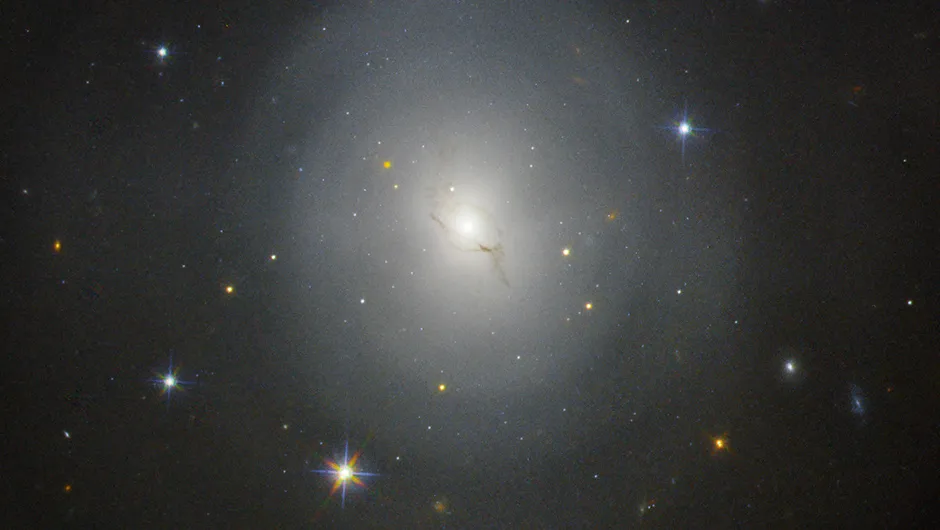The upcoming solar eclipse over the US on 21 August has Scott thinking once again about his favourite astronomy term. Image Credit: Scott Levine
Monday afternoon, I was sitting outside on the giant rock that juts from the hill alongside my house, taking a break with a cup of tea and tapping my wedding ring against the side of my mug to the tune of an old Crowded House song.
I tried to imagine what was happening to the stars lost in the Sun’s glare, or hidden behind the hurried ceiling of lumpy gray clouds.
I had just read the announcements about the merger of two neutron stars about 150 million lightyears beyond those clouds, which was detected by the LIGO and Virgo gravitational wave observatories in August.
It was the first time such a massive merger had ever been observed along with the accompanying gravitational waves produced by the event.
It also produced what was, to me at least, a new word: kilonova.
A kilonova is a type of stellar explosion that happens when neutron stars collide and release a tremendous amount of energy.
In this case, many Earths’ worth of precious metals, gold and platinum, were cast out across the Universe.
Astronomers think that mergers like these are where most of these metals are formed.
The word nova comes from stella nova, the Latin for 'new star'.
For many of us, it conjures memories of cars and pop songs, as well as countless gorgeous images from Hubble.

In astronomy, a nova is a temporary flare-up on a distant star that looks much brighter than the star itself.
It appears to be a new star.
While a supernova is a stellar explosion, and a kilonova is a destructive merger of two objects, a nova doesn’t destroy its host.
They’re all different events, but over time as we’ve learned, observed and our understanding has grown, the original word has almost become the base unit for all gigantic space explosions.
In the same way that a parsec is far, but a kiloparsec – a thousand times farther – is an entirely different type of far, a kilonova’s energy is something else entirely compared to a nova.
With each new tool engineers build, each new observation scientists make, and each new word, an entire new branch of astronomy grows.
It’s incredible to think what new things we’ll learn about the Universe, where we fit into it, and what new metals can eventually be tapped against mugs next.
I know I can’t wait.
About the author
Scott Levine is a dad and astronomy lover who stares at the sky over his family’s home north of New York City. You can read more of his light-hearted look at astronomy at Scott’s Sky Watch.
